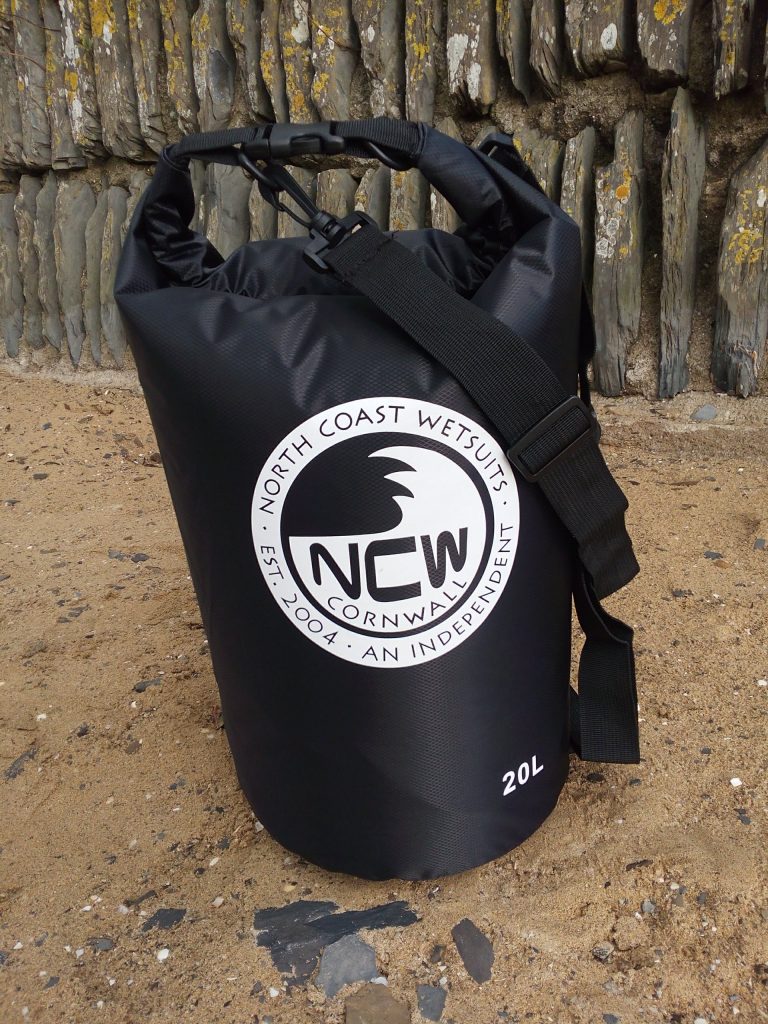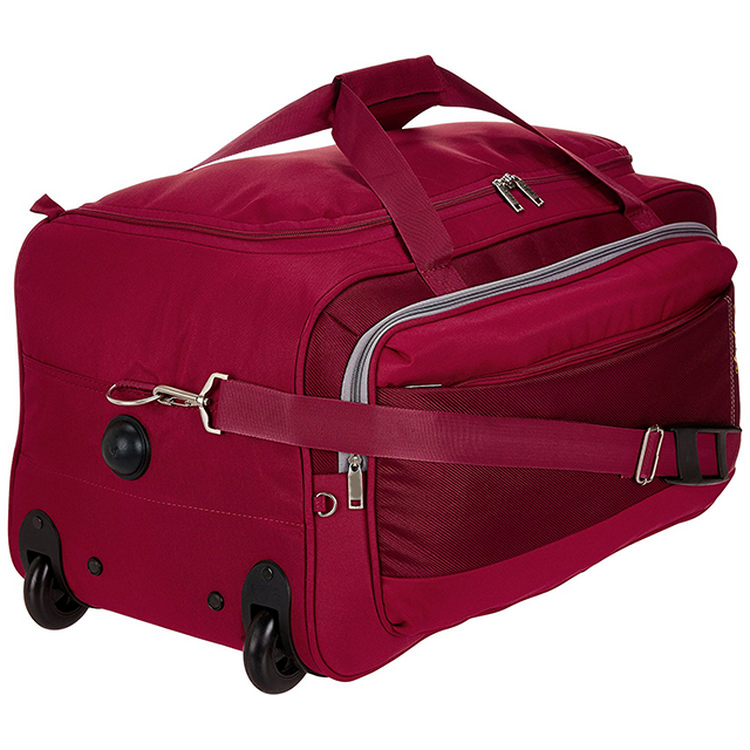

Although perhaps not fashionable in most chic circles, pants with handy knee zippers that transform into shorts are immensely useful space saving layers. Long johns, for wearing underneath trousers, give extra warmth and can be multi-purposed as pyjamas. Finally, a water/windproof outer layer, best made of military grade materials like GoreTex and preferably with inbuilt sweat vents under the armpits to release moisture build-up. The second layer, again not too baggy or tight, is going to be your warmest layer. Your torso’s base layer should be a snug-fitting (not too baggy, not too tight), long sleeved, polyester or silk shirt two materials that allow sweat to evaporate easily, unlike cotton which holds moisture making you wet, followed quickly by cold. Apparel that works together in blocking the wind or snow and can be easily removed when the sun returns. Minimise Clothing: Perfect Your LayeringĪny seasoned traveller worth their salt will note the importance of clothing layers. There’s nothing worse than having to empty out every packed possession during a rainstorm just to find your coat as the downpour ends. Heading out into sunshine but feel the weather is likely to take a turn for the worst? Keep those extra layers easily accessible. When you’re heading out hiking, whether with the main or day pack, arrange your items in the order you’re most likely to need them. Once the pack has been fully layered, visually and tangibly check the outside to see that it is uniformly shaped with no dead space dents.

Any awkwardly shaped and heavier items, like camera containers/hiking boots, should be fit Tetris style atop your first layer cushion before more rolled clothes are stuffed in around them. Make-up kits, toiletry bags, first aid boxes, can all quickly add to wasted dead space and may need to be repacked into homemade, travel-friendly pouches.Ī top tip for maximising your spatial capabilities is to start with a layer of tightly rolled and well-packed clothing at the base of your bag. Think about shoes all that dead space meant for your feet needs to be packed with something, like socks and undies, which will help keep their shape and allow you to pack more overall. The term ‘dead space’ refers to empty pockets of air in the backpack that must be fully eliminated to maximise space. Perfect for leaving bulky apparel at your mountain peak refuge while you head out for a quick spin. Personally, I always seek-out straps on the side, front, and undercarriage, for attaching my tent, stowing a yoga mat, or securing every worldly possession I own to the rails of a rolling ship.Īnother incredibly useful feature is a detachable lid which transforms into a day pack complete with shoulder straps. In the next few paragraphs, I'm going to explain how.īut first and foremost, focus your attention around the 50L mark, looking at what different storage/organisational options are available. Everything you need for months of rain, shine or sleet can and should fit inside 50 litres of space, or less. Just because you’re going on a big trip does not mean you should buy the world’s biggest backpack. This is where it all begins, and for the uninformed, where a critical first mistake is made.

First and Foremost: The Rucksack Trekking in the Republic of Georgia Packing for an all-weather trip is somewhat of an art form, encompassing a little science that must all be mastered to stay comfortable and, most importantly, alive – no matter which season you stumble into. How can you fit all that clothing and gear into a single backpack? Especially one you’re able to move.

To the first-time adventurer, packing for a trip through our planet’s diverse and sometimes unpredictable weather systems can seem like a daunting, if not unimaginably impossible task. To be prepared for every climate, you’ll need a variety of clothes: wet, sun, snow… Packing Tips for the All-Climate Adventurer Intrepid explorer Lee Karl Van Katwyk gives away some handy tips and tricks to pack sensibly and efficiently for your all climate trip. In today’s world, it’s quite possible to access multiple climates in one day, let alone one trip. One that’s going to see you cross the Sahara, go trekking around the highest mountains in the world in Nepal, raft through Europe, tackle the Arctic tundra, with a bit of wild camping and Atlantic surfing in between. So you’ve booked your first really big adventure.


 0 kommentar(er)
0 kommentar(er)
